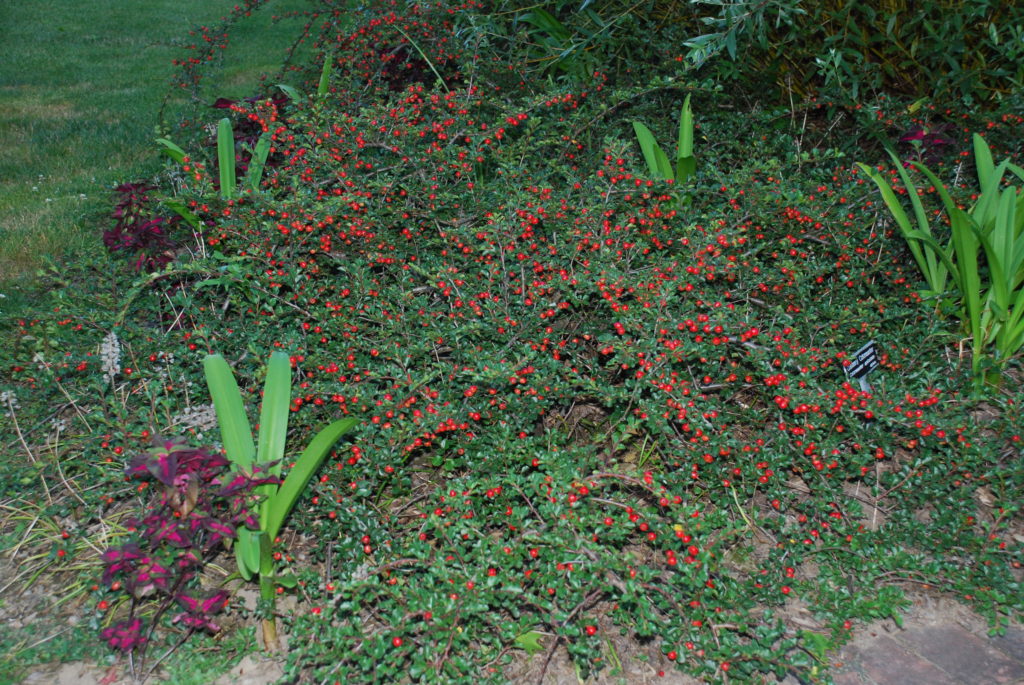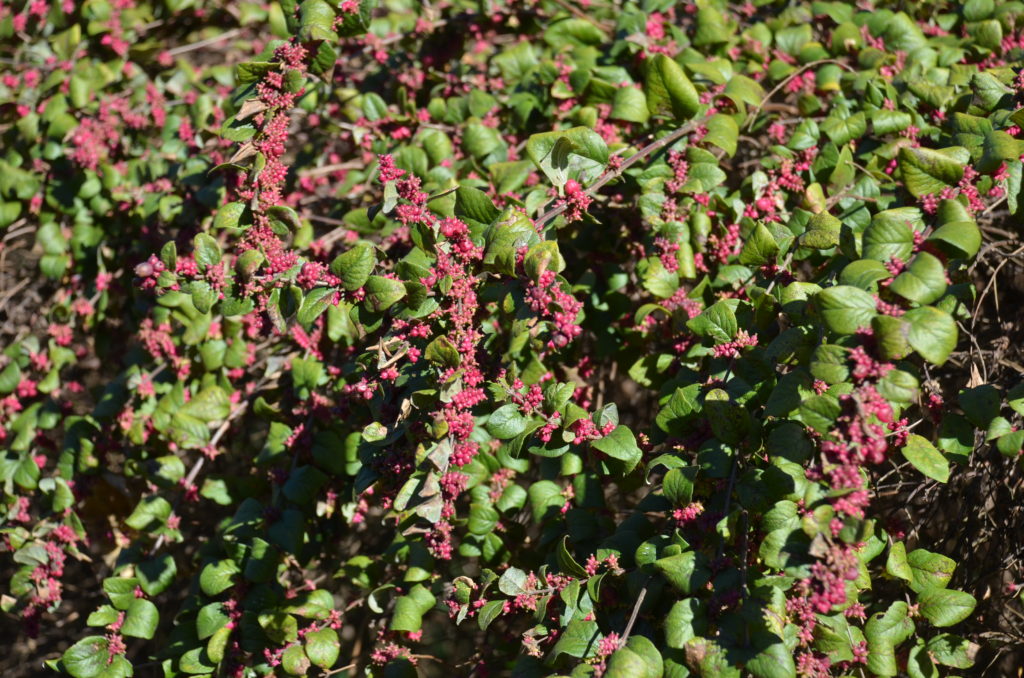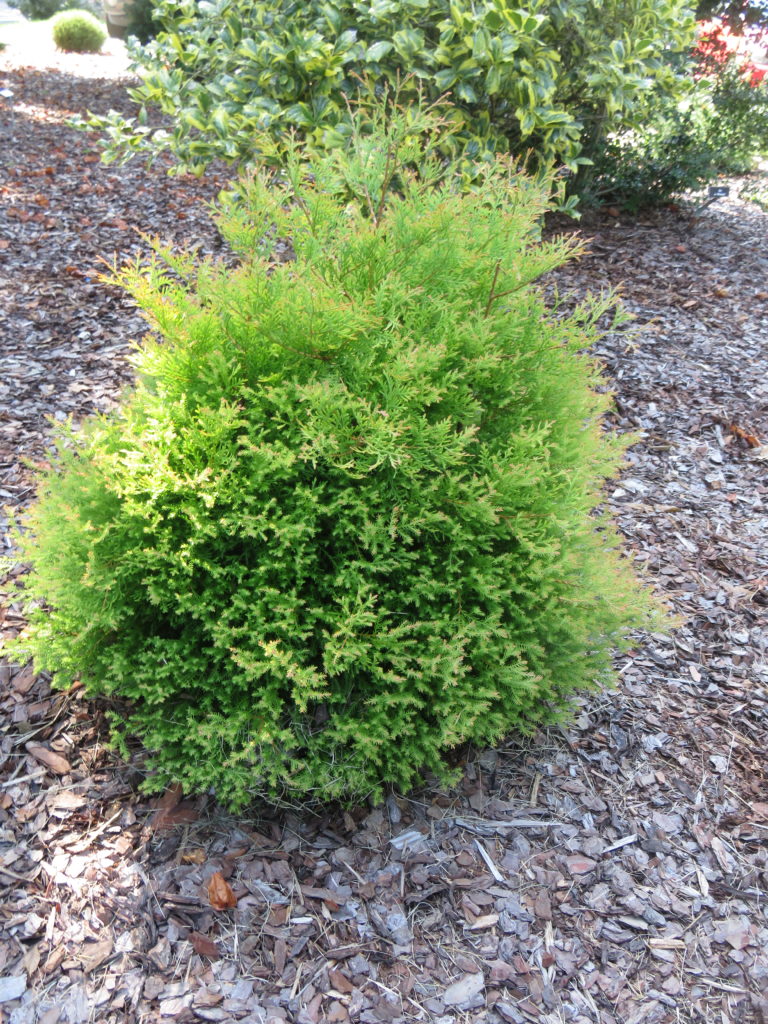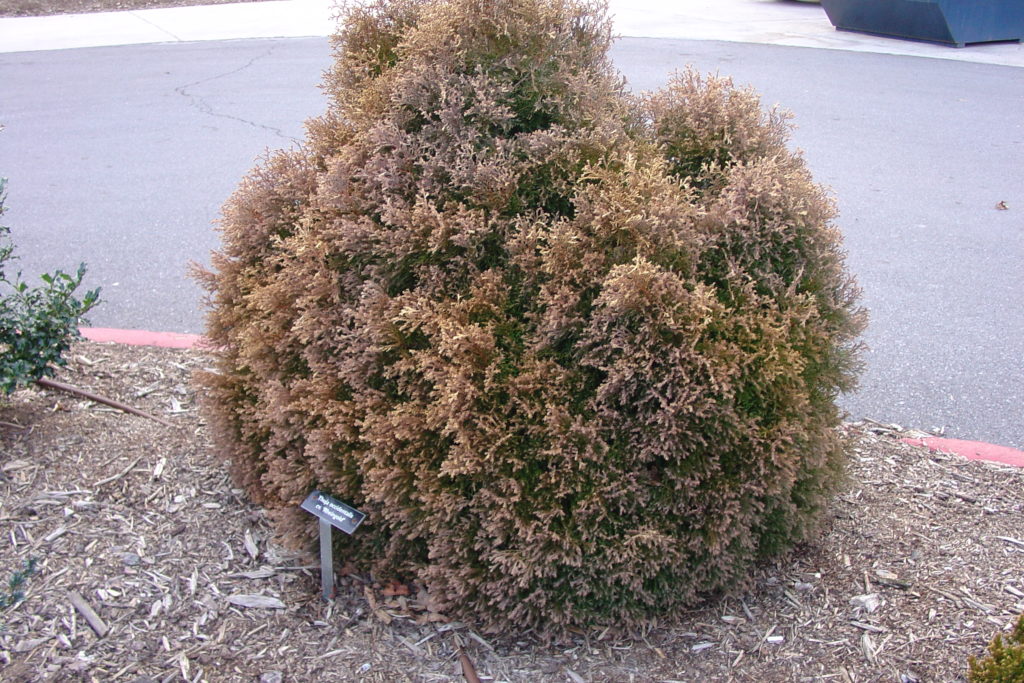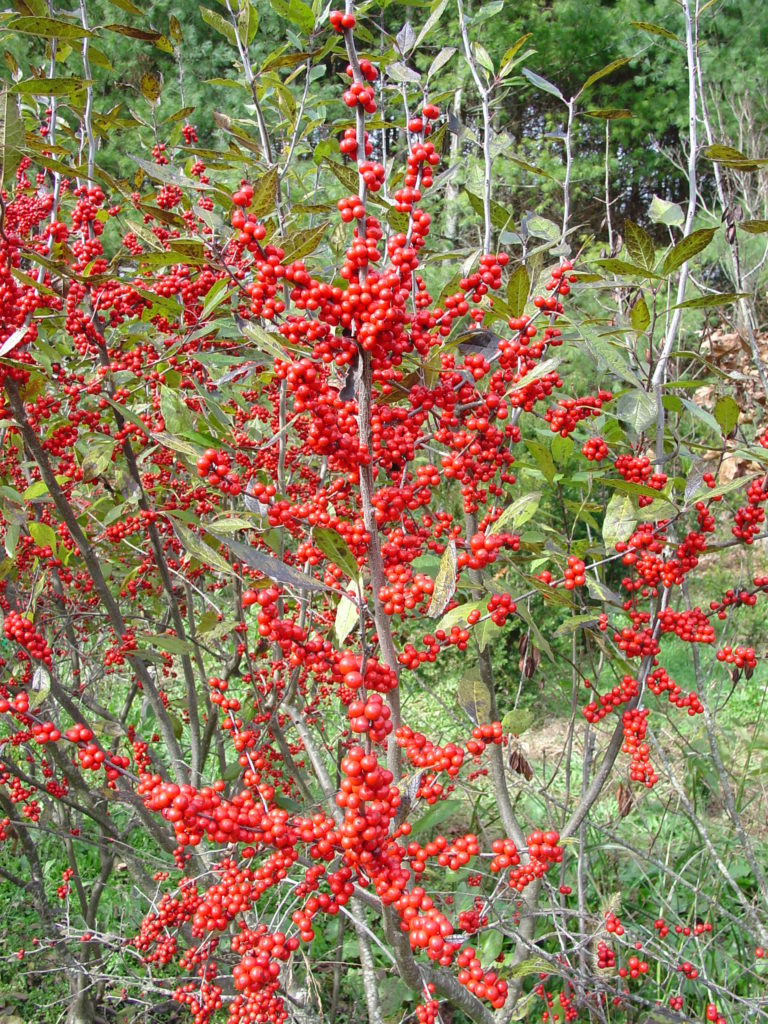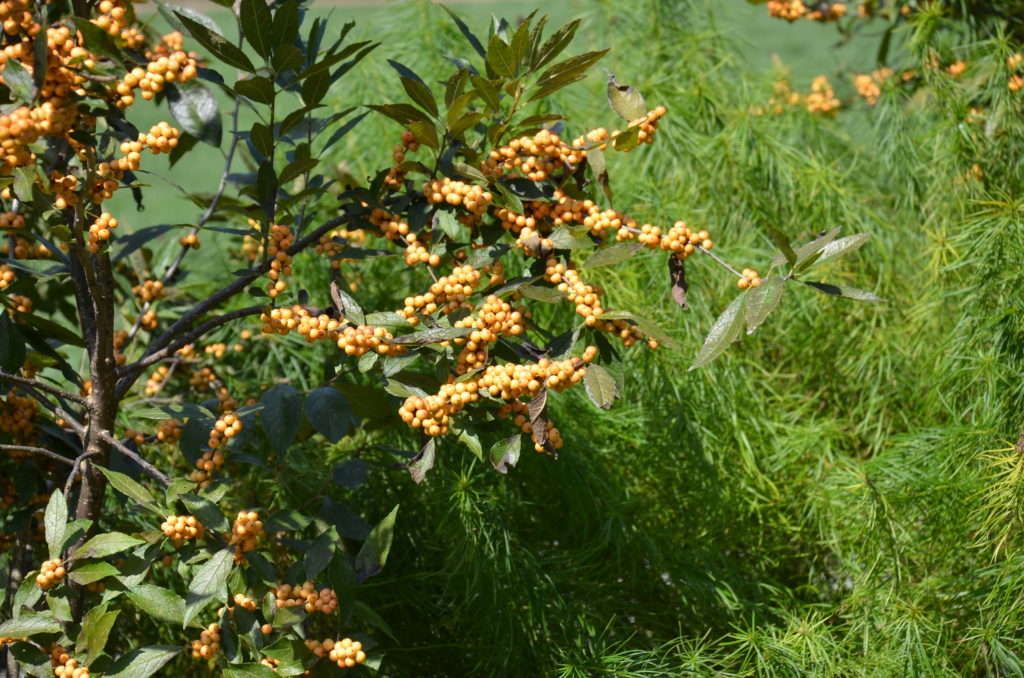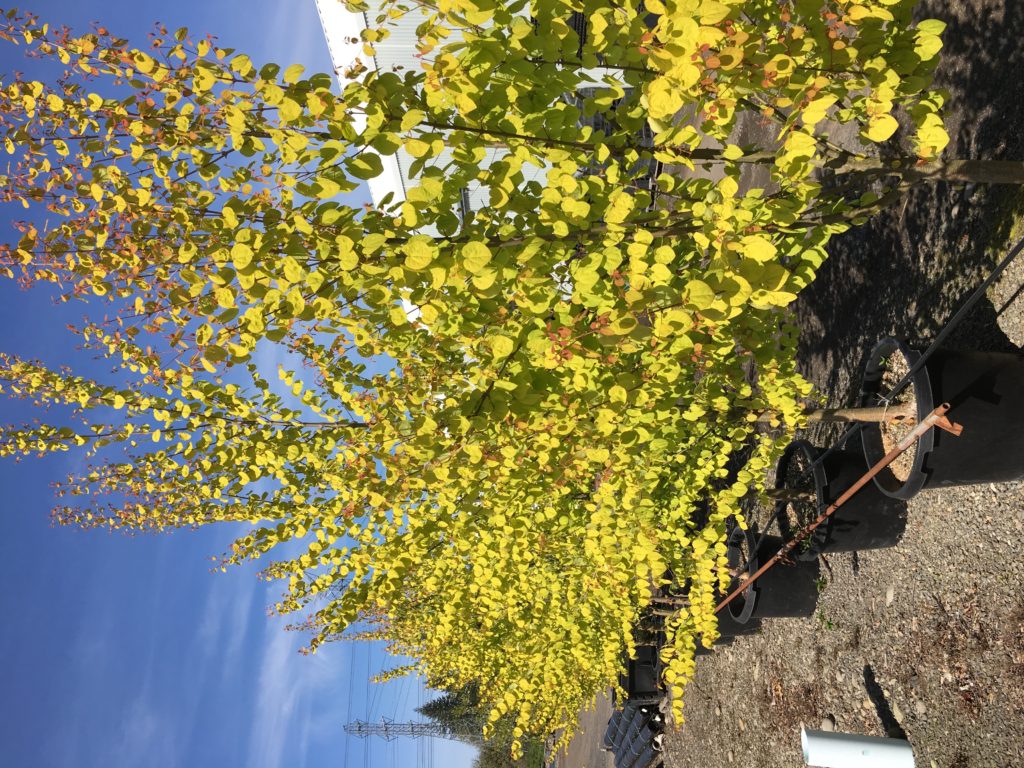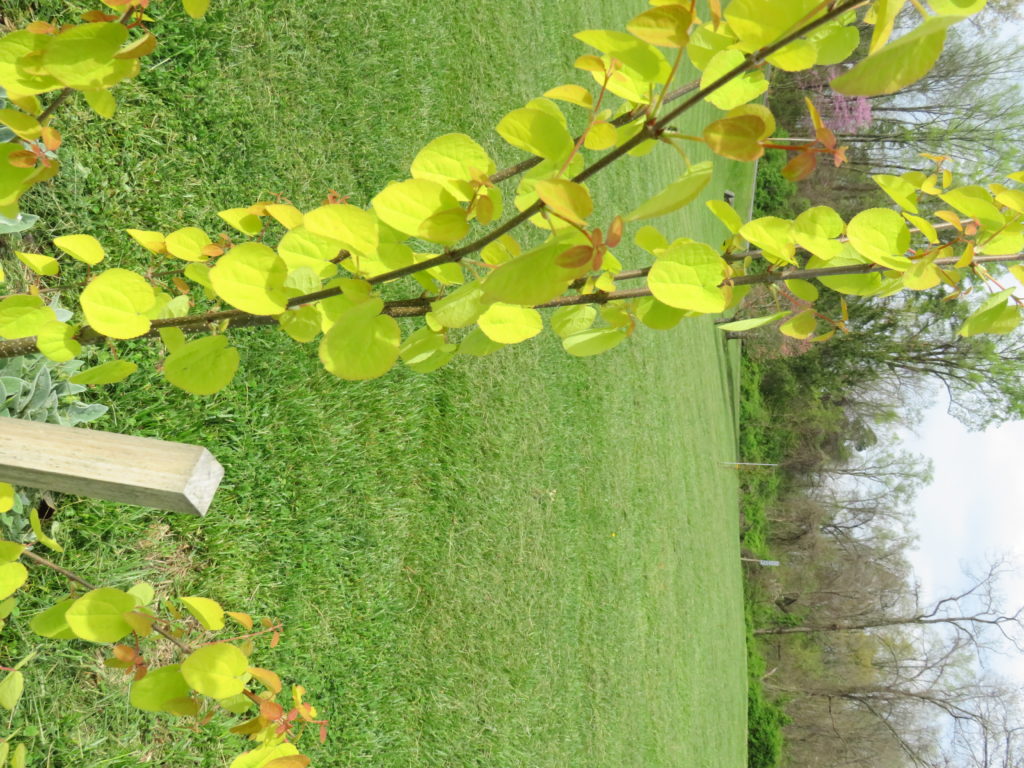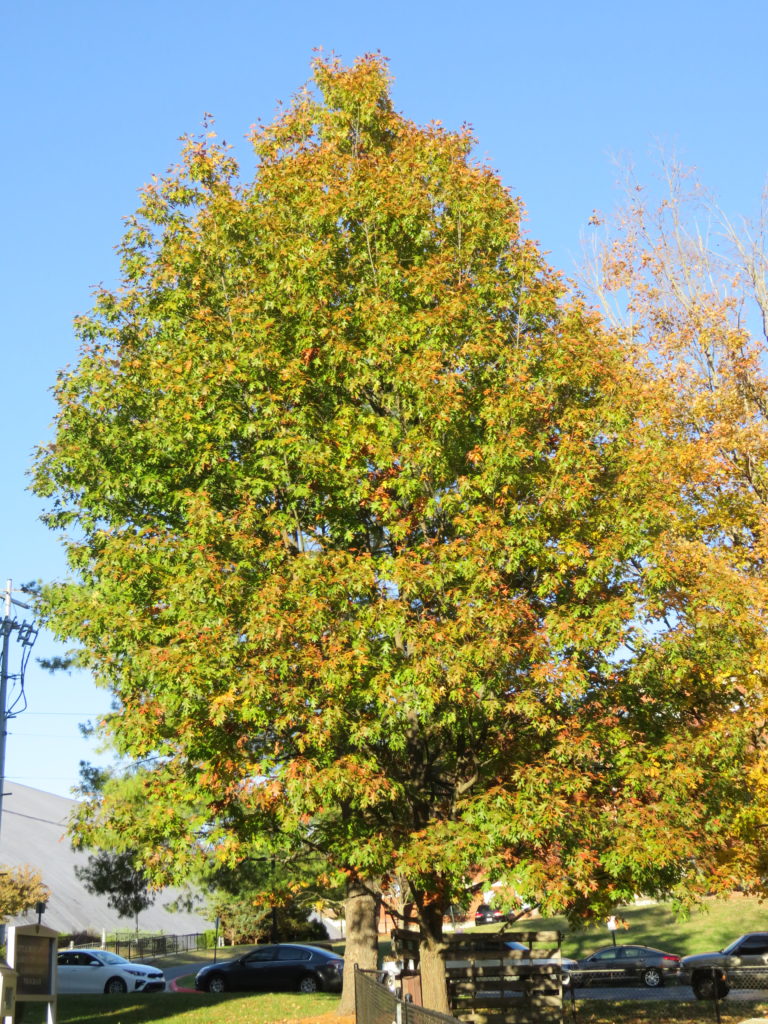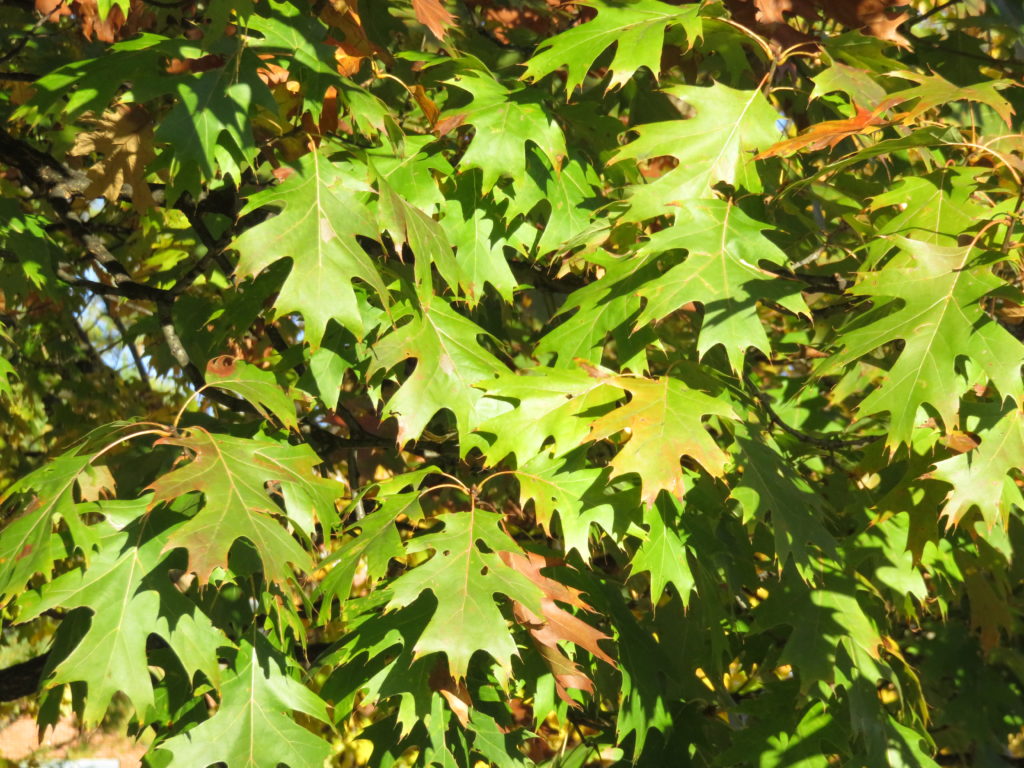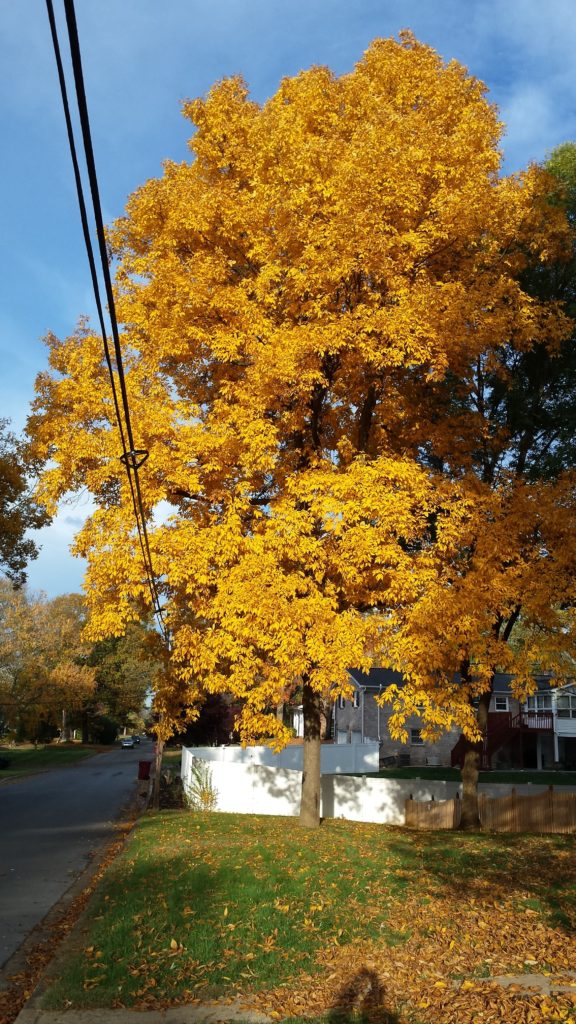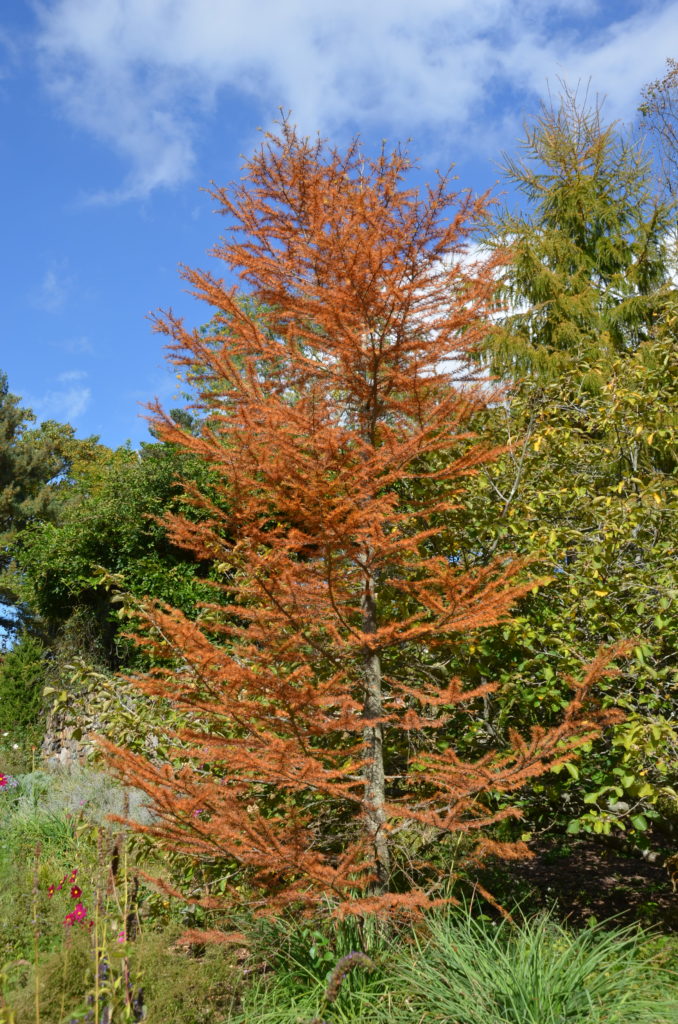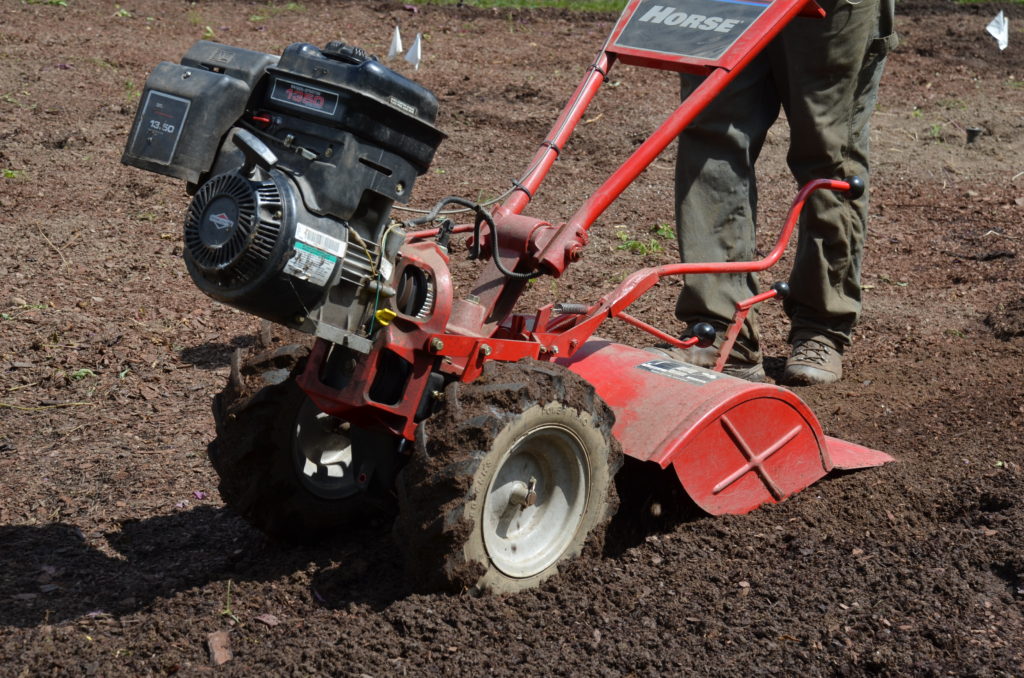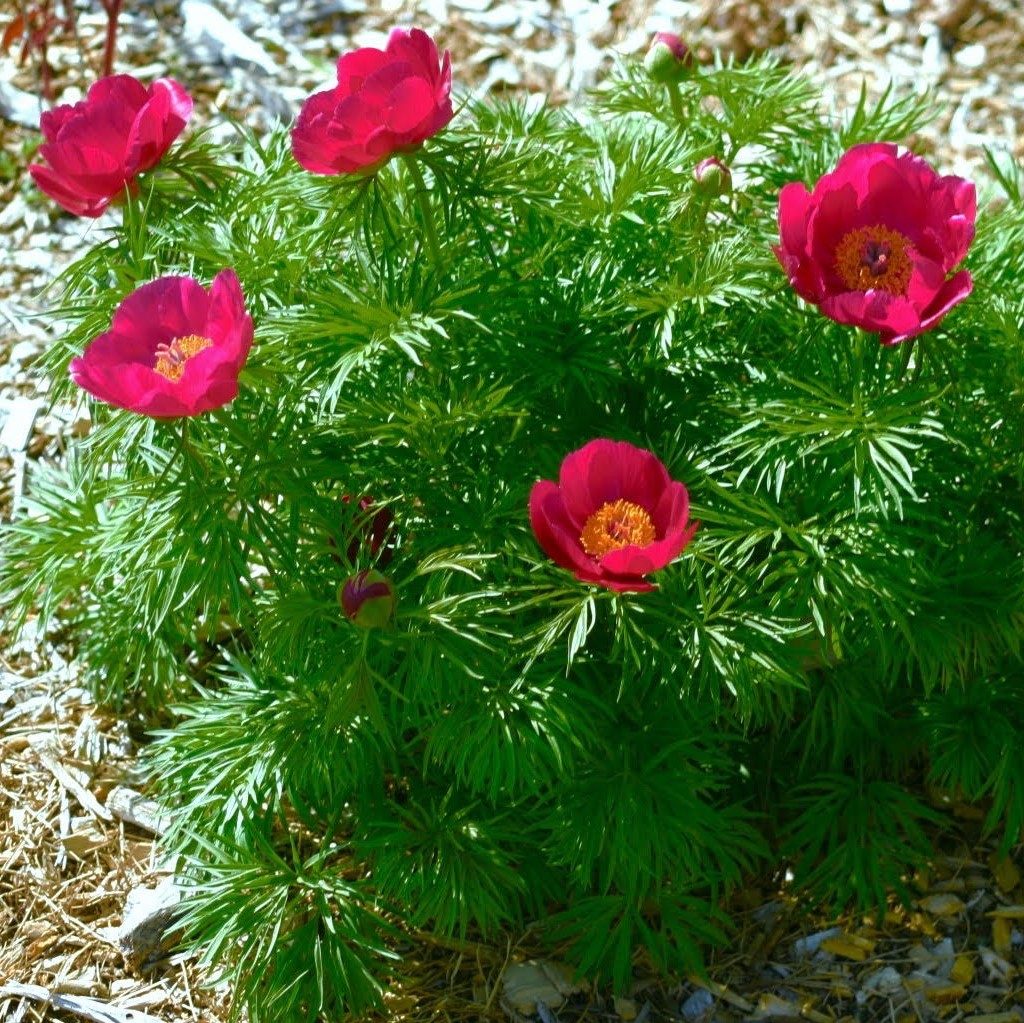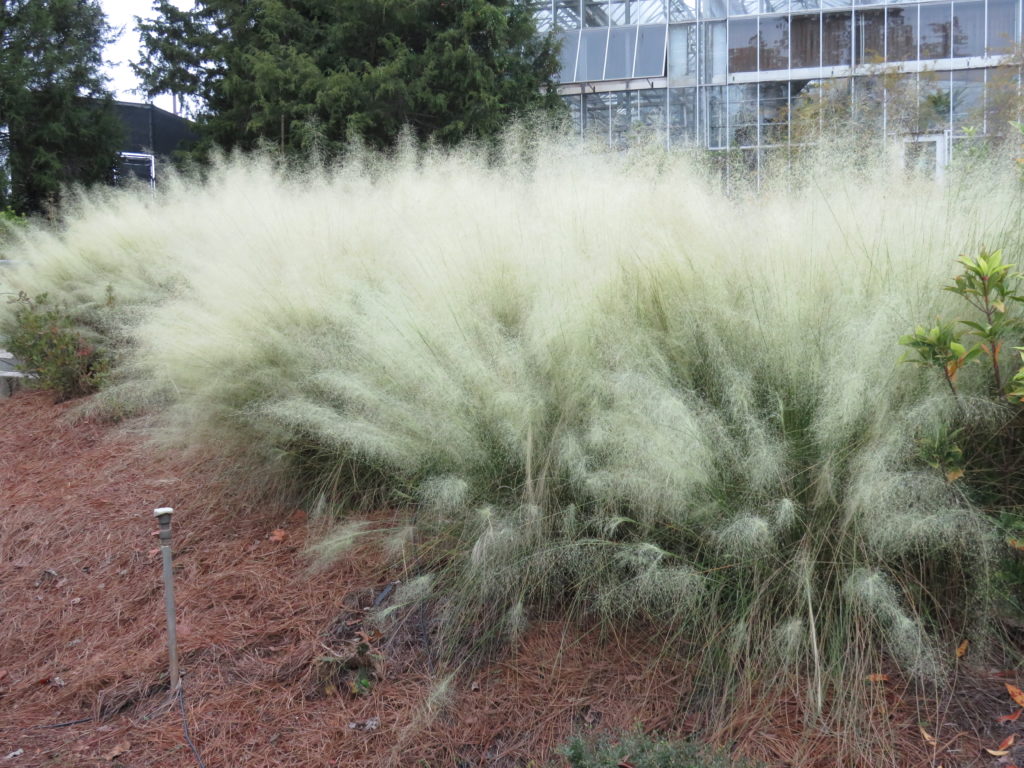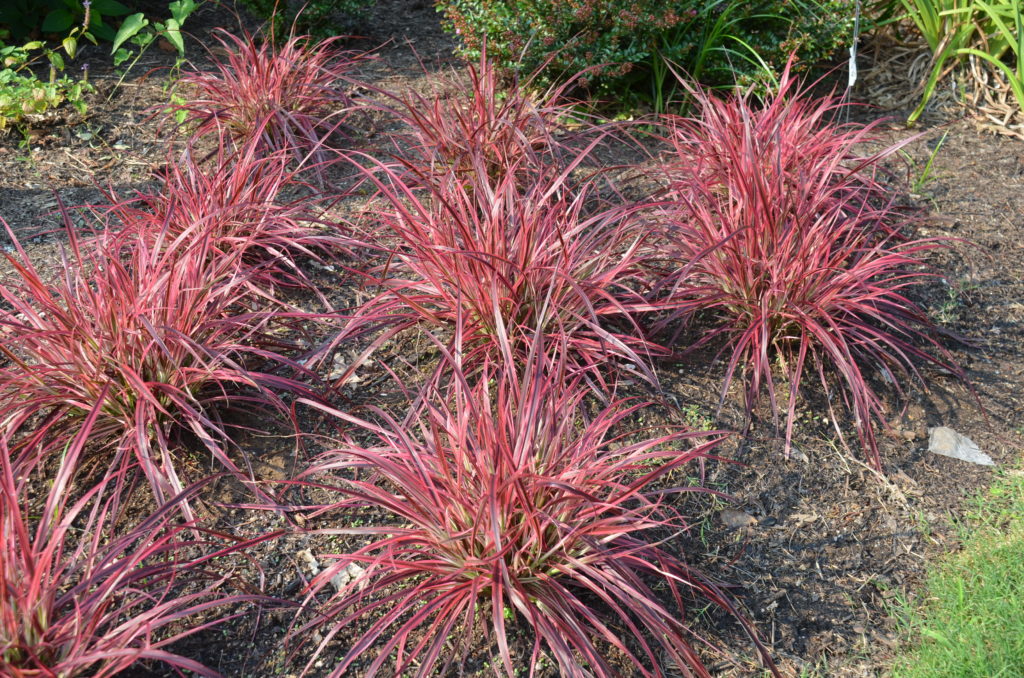Ornamental grasses standout in the landscape most of the year.
These six ornamental grasses showoff spectacular seed heads (inflorescences) in late summer or fall. These grasses are also beautiful and effective landscape screens.
PAMPAS GRASS (Cortaderia selloana) – are seen planted at the beach, city parks or in your neighbor’s yard. The big feathery plumes sway in a passing breeze. Pampas grass varieties stand tall at 6-12 feet tall (plume included) and the dwarf pampas that reaches to a height of 4-5 feet tall (plume included). Cold hardiness is variable by cultivar.
Muhly Grass (Muhlenbergeri capillaris) – depending on variety the plumes of this native grass turns stunning pink (species) or white (cv. ‘White Cloud’).
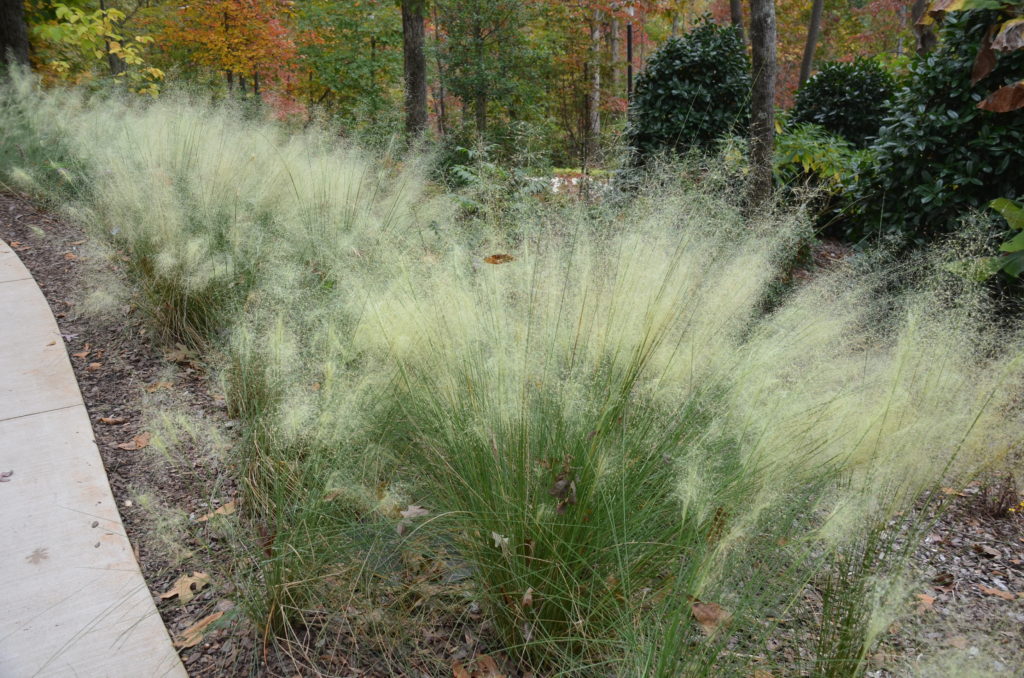
MAIDEN GRASS (Miscanthus sinensis)– highly popular ornamental grass available in several varieties. Choose only varieties that produce mostly sterile inflorescences. Foliage is fine textured, with green to silver-green blades that develop golden-bronze tint after first frost. Striped leaf forms are also available. Recommended varieties include ‘Adagio’, ‘Bandwidth’, ‘My Fair Maiden’, ‘Morning Light’.
FEATHER REED GRASS (Calamagrostis x acutiflora) – compact 3-5 feet tall along with narrow growth form. Inflorescences ripen to tawny seed heads in late summer into fall and stand sturdily over the winter months. Several varieties are available, ‘Karl Foerster’ (green leaves), ‘Avalanche’ (yellow variegated leaves), and ‘Overdam’ (white variegated leaves) are very popular.
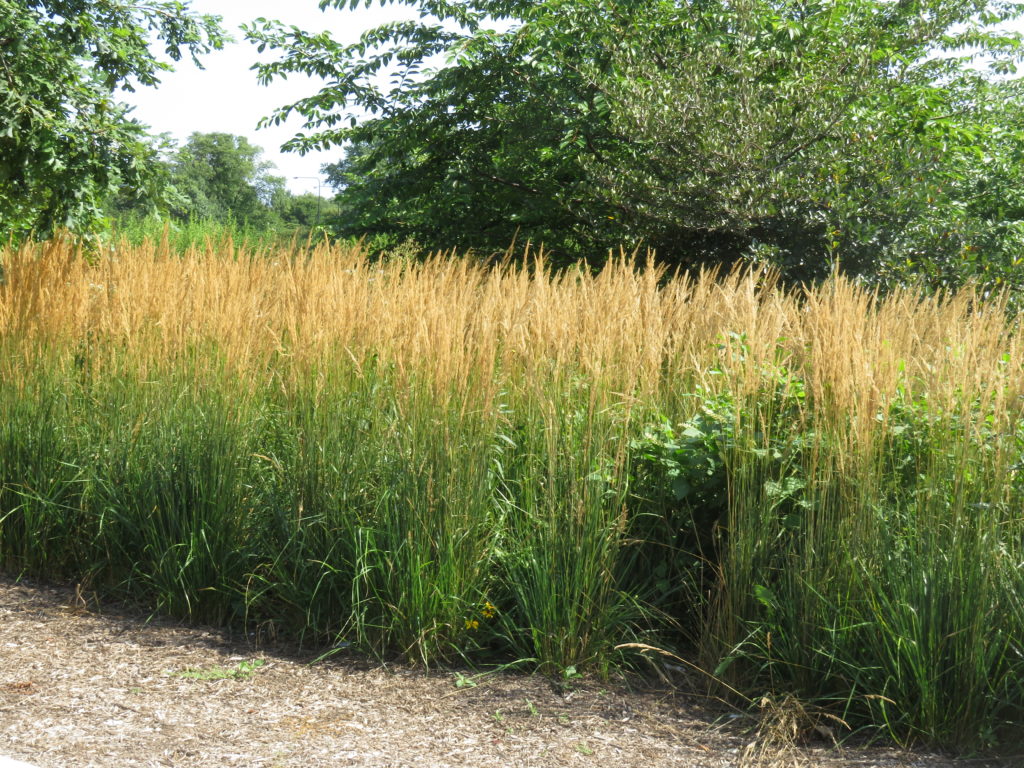
FOUNTAIN GRASS (Pennisetum alopecuroides) (USDA zones 4-9)– their small size and bottlebrush type seed head are a perfect size for small to medium size gardens. Selections vary from dwarf varieties like ‘Little Bunny’ or ‘Hamlen’ growing 12-18 inches tall. P. orientale are less hardy and grow up to 3 feet tall (zones 6-9). P. purpureum ‘Prince’ and
P. setaceum ‘Fireworks’ are annual fountain grasses popular in most regions of the U.S. (zones 8-10). Some annual forms grow 6-8 feet tall in one growing season. Their upright stature, arching growth form, and fall seed heads standoff against either green, tan or rose colorful foliage.
SWITCHGRASS (Panicum virgatum) – become real showstoppers in fall with airy plumes atop the dark green late summer foliage. Cool fall temps causes foliage to turn bright yellow, some with dark red streaks. Most Panicum switchgrass grow from 3-5 feet high, including their fall floral heads. Popular forms include ‘Northwind’ and ‘Shenandoah’.

